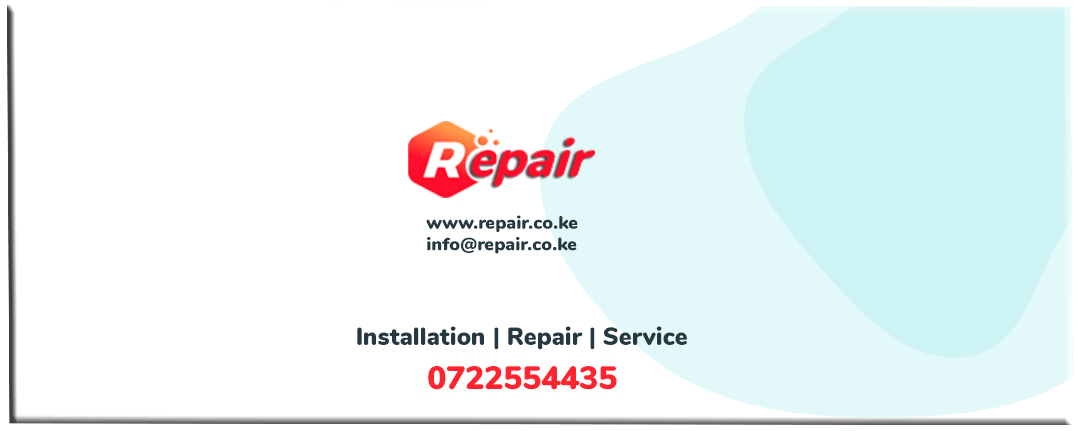Elevator Installation in Nairobi, Kenya
Elevator Installation in Nairobi, Kenya - The demand for vertical mobility solutions in Nairobi has risen steadily, driven by rapid urbanization, high-rise residential and commercial developments, and infrastructure expansion. Elevator installation is now a common requirement in most modern buildings, from office towers to apartment complexes and shopping malls. This article explores the intricacies of elevator installation in Nairobi, Kenya, highlighting key factors, common challenges, and potential solutions.
Understanding the Elevator Market in Nairobi
The construction boom in Nairobi has led to an increase in the installation of elevators to cater to the city's expanding vertical landscape. With the rise of multi-story buildings, elevators are no longer seen as luxury amenities but as necessities. Many international and local companies now offer services for elevator installation in Nairobi, Kenya. These companies provide various elevator systems, including traction elevators, hydraulic elevators, machine-room-less (MRL) elevators, and residential lifts, to cater to different building needs and specifications.
The Installation Process
The process of elevator installation in Nairobi, Kenya, begins with a comprehensive site assessment and consultation. Engineers and elevator specialists evaluate the building’s structural layout to determine the best type of elevator that matches the building's design and intended usage. Depending on the project, the installation process can take anywhere from several weeks to months.
Key considerations during this process include the height of the building, anticipated traffic, energy efficiency, and compliance with Kenyan building codes and safety standards. Moreover, integrating elevator technology such as smart elevators, which utilize digital controls and automation, has become a growing trend in Nairobi.
Common Problems During Elevator Installation
-
Power Supply Issues One of the most common challenges in elevator installation in Nairobi, Kenya, is power instability. The city experiences frequent power outages and voltage fluctuations, which can damage elevator components and cause delays in installation. The solution often lies in installing dedicated power stabilizers and generators to ensure a steady power supply during both the installation process and elevator operation.
-
Structural Compatibility Older buildings in Nairobi were not initially designed to accommodate elevators, leading to challenges when retrofitting these structures with modern systems. In such cases, structural modifications such as reinforcing floors or creating new elevator shafts may be required. Engineers collaborate closely with architects to ensure that the building can safely support the installation of the elevator without compromising structural integrity.
-
Limited Space Space constraints are a significant issue, especially in densely populated areas such as the Nairobi Central Business District (CBD). Finding adequate space to install a machine room or construct an elevator shaft in narrow buildings can be problematic. Machine-room-less (MRL) elevators are an excellent solution to this problem, as they do not require a dedicated machine room, allowing for more efficient use of space.
-
Compliance with Building Codes Elevator installation in Nairobi, Kenya, must comply with local and international safety standards, including regulations set by the National Construction Authority (NCA) and the Kenya Bureau of Standards (KEBS). These codes dictate specific requirements related to fire safety, emergency evacuation, and accessibility. Non-compliance can lead to project delays, additional costs, or legal repercussions. To avoid these issues, builders must work closely with licensed professionals familiar with these regulations.
-
Supply Chain Delays Many components for elevators are imported, leading to potential delays due to shipping logistics, customs clearance, or stock shortages. This is a common problem faced by contractors working on elevator installation in Nairobi, Kenya. Local elevator companies mitigate this issue by maintaining an inventory of critical spare parts or forming strategic partnerships with international suppliers for quicker component deliveries.
Solutions to Common Problems
Enhanced Power Solutions
To address power reliability issues, many buildings in Nairobi are installing backup generators and uninterruptible power supply (UPS) systems that keep the elevators operational during outages. Installing voltage stabilizers also protects elevator equipment from damage caused by electrical surges.
Pre-Installation Structural Analysis
Before starting the installation of an elevator, a detailed structural analysis should be performed, especially in older buildings. Reinforcement work may be necessary to support the elevator system safely. Working with engineers who specialize in elevator retrofitting ensures a smooth and compliant process.
Compact Elevator Designs
For buildings with space limitations, opting for machine-room-less (MRL) elevators or compact traction lifts is a viable solution. These systems are designed to fit into tight spaces without compromising on performance or safety. They are also more energy-efficient and easier to maintain.
Engaging Certified Installers
Choosing certified professionals for elevator installation in Nairobi, Kenya, is crucial to ensuring that the installation complies with all local building and safety codes. Companies offering these services should have licensed engineers who understand local regulations and have a track record of successful installations in Nairobi.
Local Partnerships and Spare Parts Availability
Local suppliers and partnerships with global elevator manufacturers can mitigate supply chain delays. By keeping a stock of essential components and working with trusted shipping partners, elevator installers in Nairobi can avoid the typical delays associated with importing parts, ensuring timely project completion.
The Future of Elevator Installation in Nairobi
As Nairobi continues to expand both horizontally and vertically, the need for efficient and reliable elevator systems will only grow. The introduction of smart elevator technology, which integrates IoT (Internet of Things) and AI for predictive maintenance and traffic optimization, is likely to revolutionize elevator installation in Nairobi, Kenya, in the coming years. These technologies enhance user experience, reduce energy consumption, and lower long-term maintenance costs.
Additionally, environmental concerns are prompting a shift toward energy-efficient elevators with features such as regenerative braking systems and LED lighting. The Kenyan government’s push toward green building certifications like LEED (Leadership in Energy and Environmental Design) will likely accelerate the adoption of these sustainable technologies.
Elevator installation in Nairobi, Kenya, is a critical component of the city’s urban development. Despite common challenges like power supply issues, structural incompatibility, and regulatory hurdles, the market continues to grow, driven by innovative solutions and increasing demand. By partnering with experienced professionals, utilizing space-efficient designs, and adhering to local standards, Nairobi’s elevator installations will keep pace with the city’s vertical growth, ensuring safe and reliable vertical transport for its residents and businesses

